With over 10,000 caves, hundreds of waterfalls, and countless miles of trails to explore by foot or by bike, there’s no short supply of outdoor activities in Tennessee. Whether you’re a long-time outdoor enthusiast or just starting to dip your toes into nature, follow this guide to find fun in Tennessee’s outdoor scene.
1. Paddle the rapids
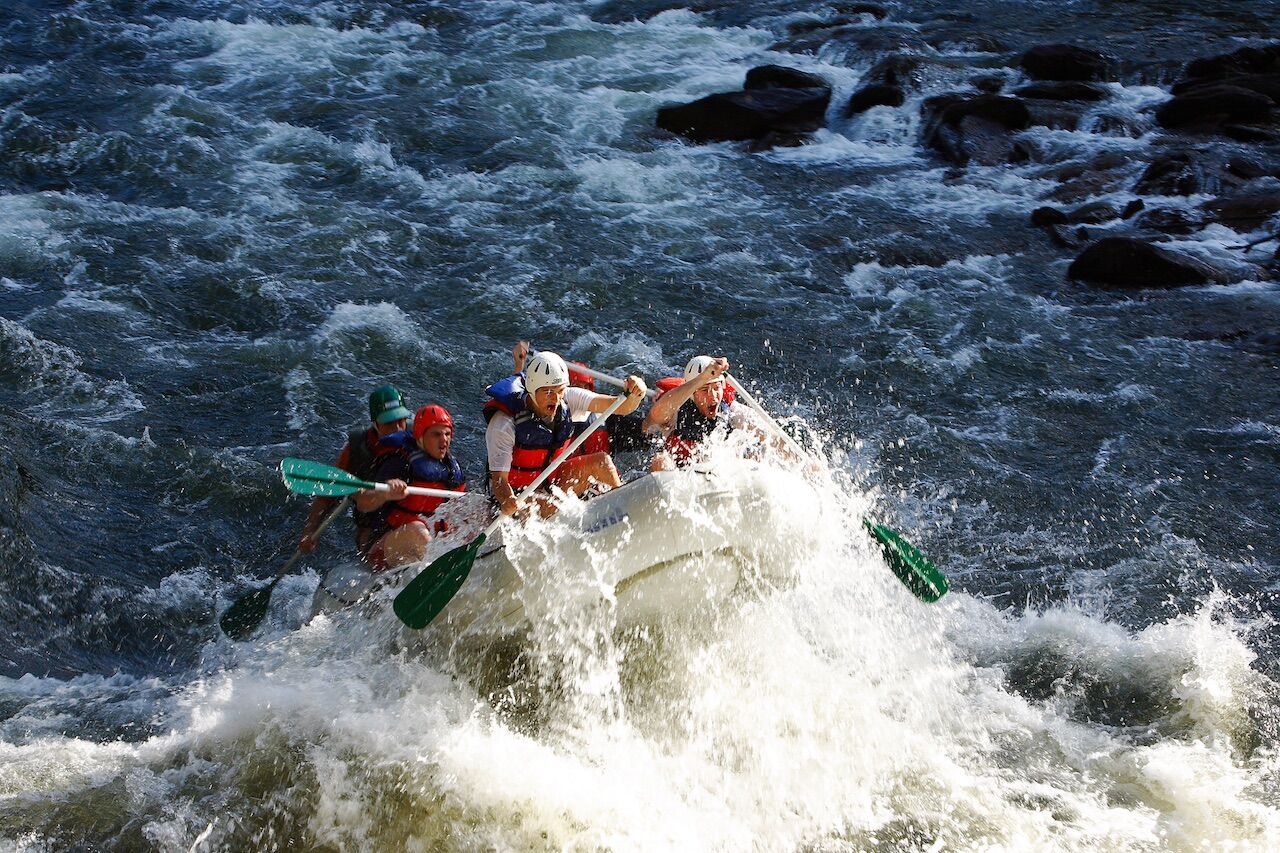
Ocoee River. Photo: Tennessee Tourism
The Pigeon River, which traverses the Pisgah National Forest and Cherokee National Forest, has it all. You’ll find Class I and II rapids along its Lower section, while the Upper section features more intense Class III and IV whitewater. If the latter sounds about your speed, another high-adrenaline option is the Ocoee River in the southeast of the state, world-renowned for its Class III and IV rapids and as the site of the 1996 Olympic canoe slalom competition.
Experienced whitewater runners looking for even more should check out the Nolichucky River. The stretch near Erwin is technically demanding, with tight turns, sudden drops, and plenty of tumbling rapids. It’s also one of the more beautiful rivers in the region — if not the country — to paddle, flowing through a dramatic gorge.
Finally, for those who’d rather float than paddle, the Little River in Townsend has you covered. It’s all about relaxing and family-friendly tubing trips here — think gentle rapids, a private rock jump, and refreshing swimming holes.
2. Head underground
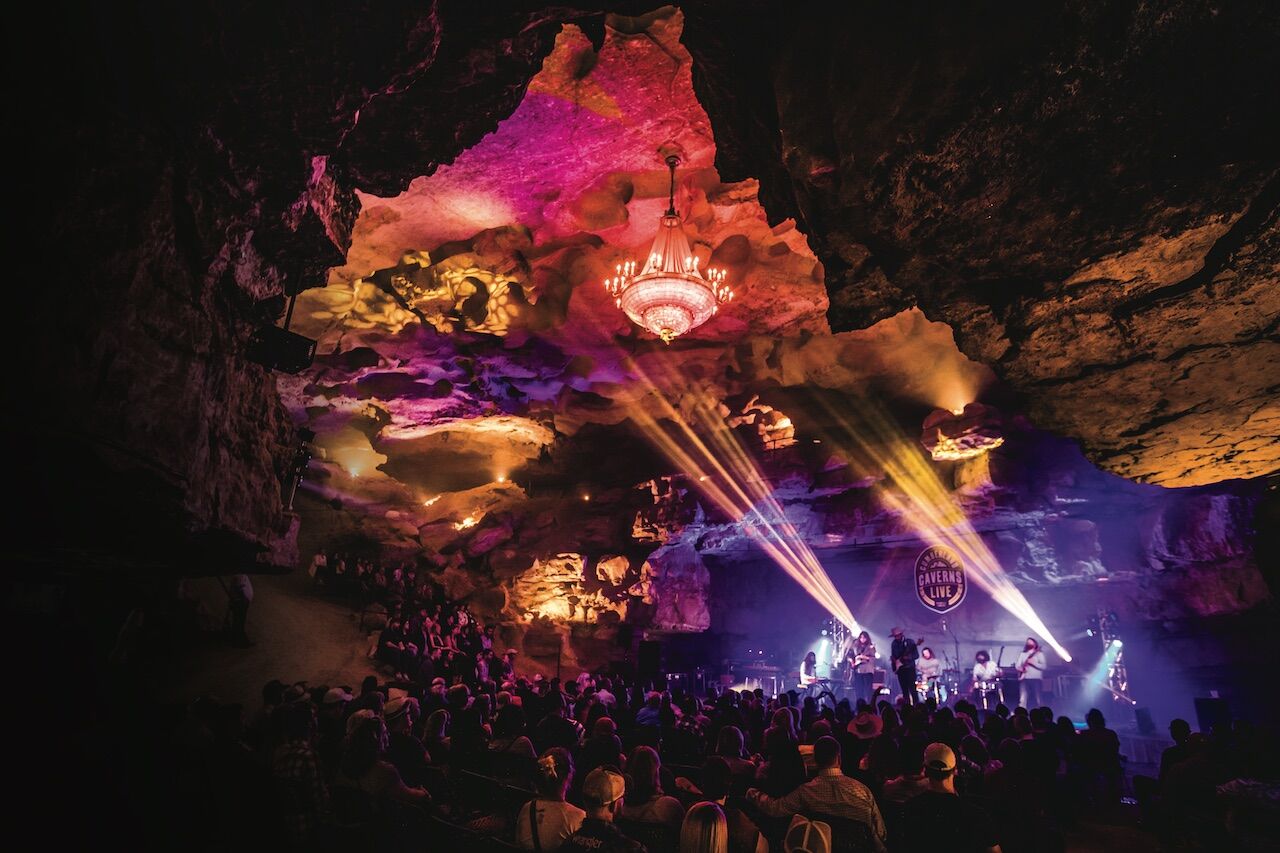
Cumberland Caverns. Photo: Journal Communications Inc./Jeff Adkins/Tennessee Tourism
Beneath Tennessee’s surface is a network of over 10,000 caves. And it’s not just empty space down there — Craighead Caverns in Sweetwater is home to the second-largest, non-subglacial underground lake in the world — The Lost Sea. Board a glass-bottom boat to view the ginormous carp living in this unique ecosystem after going on a walking tour and learning about the cave’s history, including the mega-jaguar that left behind tracks some 20,000 years ago.
For a more traditional caving experience, Worley’s Cave in the Bristol area has almost a mile of caverns to explore. Just don’t expect amenities like handrails, paved paths, and lights to guide your way. This place is the real deal, so newbies should expect to hire a guide.
Cumberland Caverns in McMinnville offers day and overnight tours for both novice and experienced cavers to explore its 32 miles of unique features. But what really sets this one apart is its Volcano Room, a concert venue hundreds of feet below ground that hosts live performances from a variety of musical acts.
Never considered attending a show in an underground cavern? You’re spoiled for choice in Tennessee. The Caverns in Pelham, home to Bluegrass Underground, is another a subterranean concert venue where you can catch performances by artists like Steve Earle, Fleet Foxes, Rising Appalachia, and Old Crow Medicine Show.
3. Hike somewhere wild
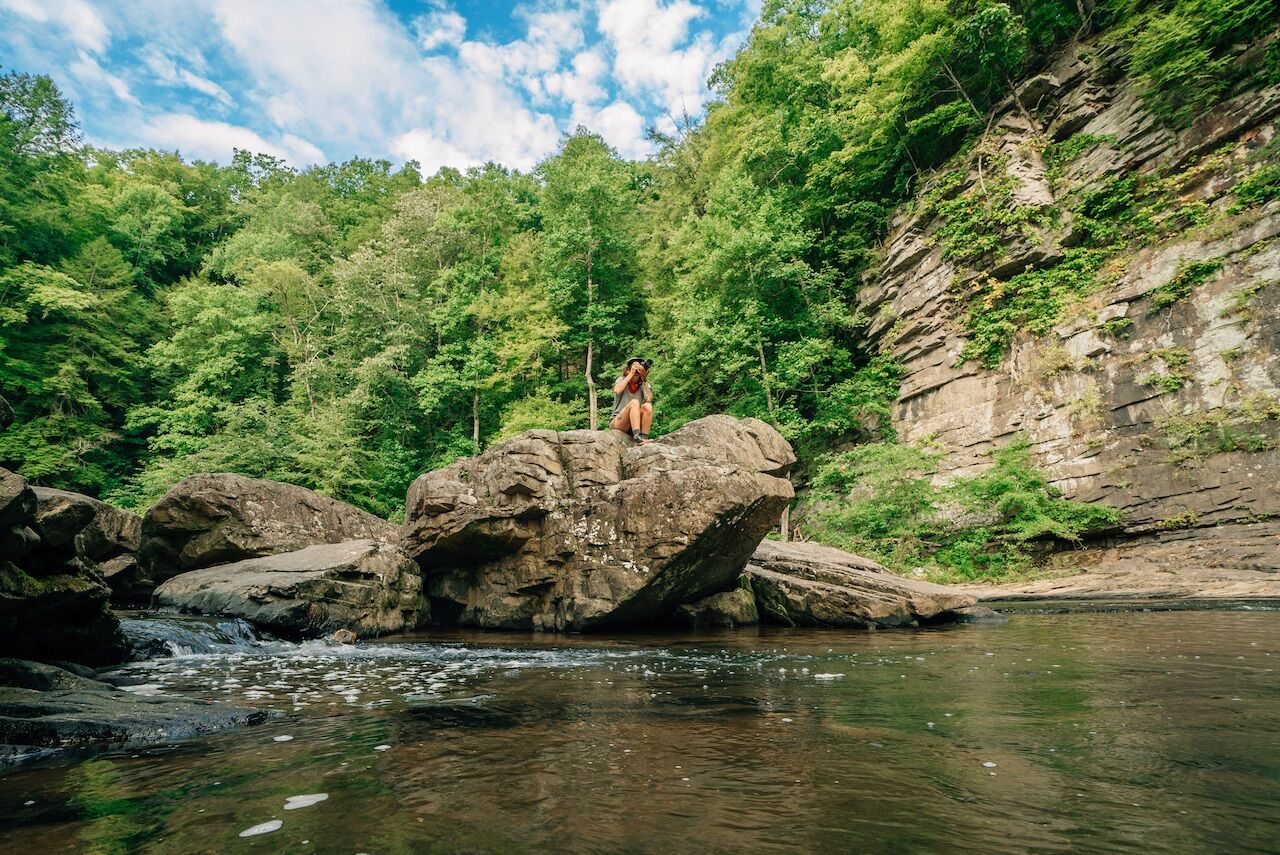
Warren County. Photo: McMinnville-Warren County Chamber of Commerce/Tennessee Tourism
Definitely pack those hiking boots when you visit Tennessee. Start on the mellow side with the Discovery Trail in Memphis’s T.O. Fuller State Park, a 4-mile loop trail with scenic points that include the educational Chucalissa Indian Village, a well-preserved archaeological site more than a thousand years old. In addition to hiking and history, this is an excellent trail for birdwatching.
For a more challenging hike, Fiery Gizzard Trail in South Cumberland State Park northwest of Chattanooga is an enchanting 9.1-mile loop with unique rock formations, waterfalls, and mossy forest floors. No need to take our word for it — Fiery Gizzard has been ranked one of the top 25 trails in the country by Backpacker magazine.
Continuing up the difficulty scale, the Alum Cave Trail to Mount LeConte hike in Great Smoky Mountains National Park is rated as “extreme.” It’s an 11-mile round-trip trek with 2,700 feet of elevation gain. While that may sound daunting, keep in mind it’s considered a quintessential hike in the national park on account of its stunning views and geological features — in other words, the payoff is worth it!
4. Scale cliffs and boulders
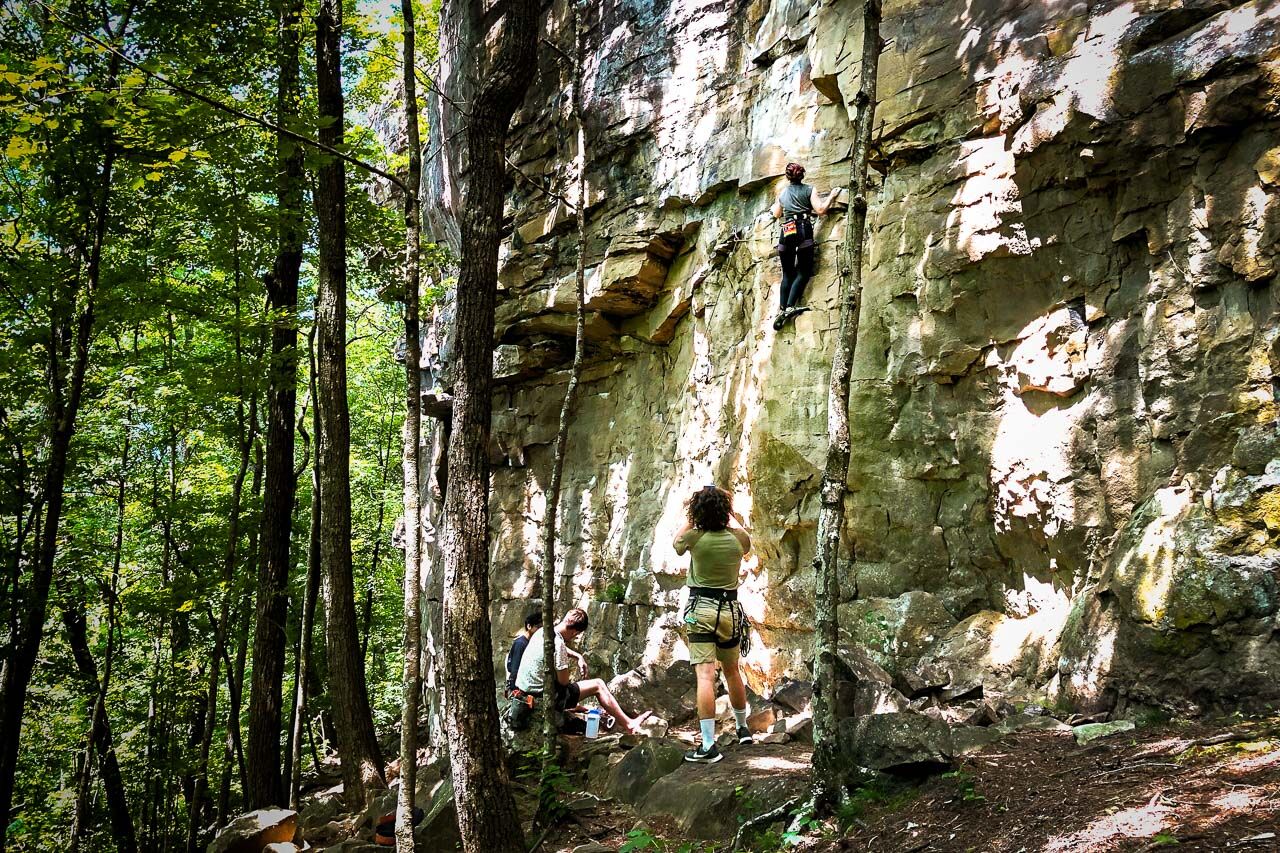
South Cumberland State Park. Photo: Andrew Saucier/Tennessee Tourism
In Tennessee, you don’t have to look far to find bouldering and climbing opportunities for all skill levels. In Chattanooga, the versatile Stone Fort is the go-to area for bouldering. It has over 200 routes on high-quality sandstone and is one of the sites of the annual Triple Crown Bouldering Series.
The Obed Wild and Scenic River in Wartburg is famous for its overhanging cliffs, featuring 350 permanently bolted routes ranging in difficulty from 5.7 to 5.14. Experienced climbers should also head to Big South Fork National River and Recreation Area in Oneida. With hundreds of miles of cliffs to explore, it’s not nearly as developed as other climbing destinations in the region, making it a great spot for climbers who want to improvise their routes.
5. Go chasing waterfalls
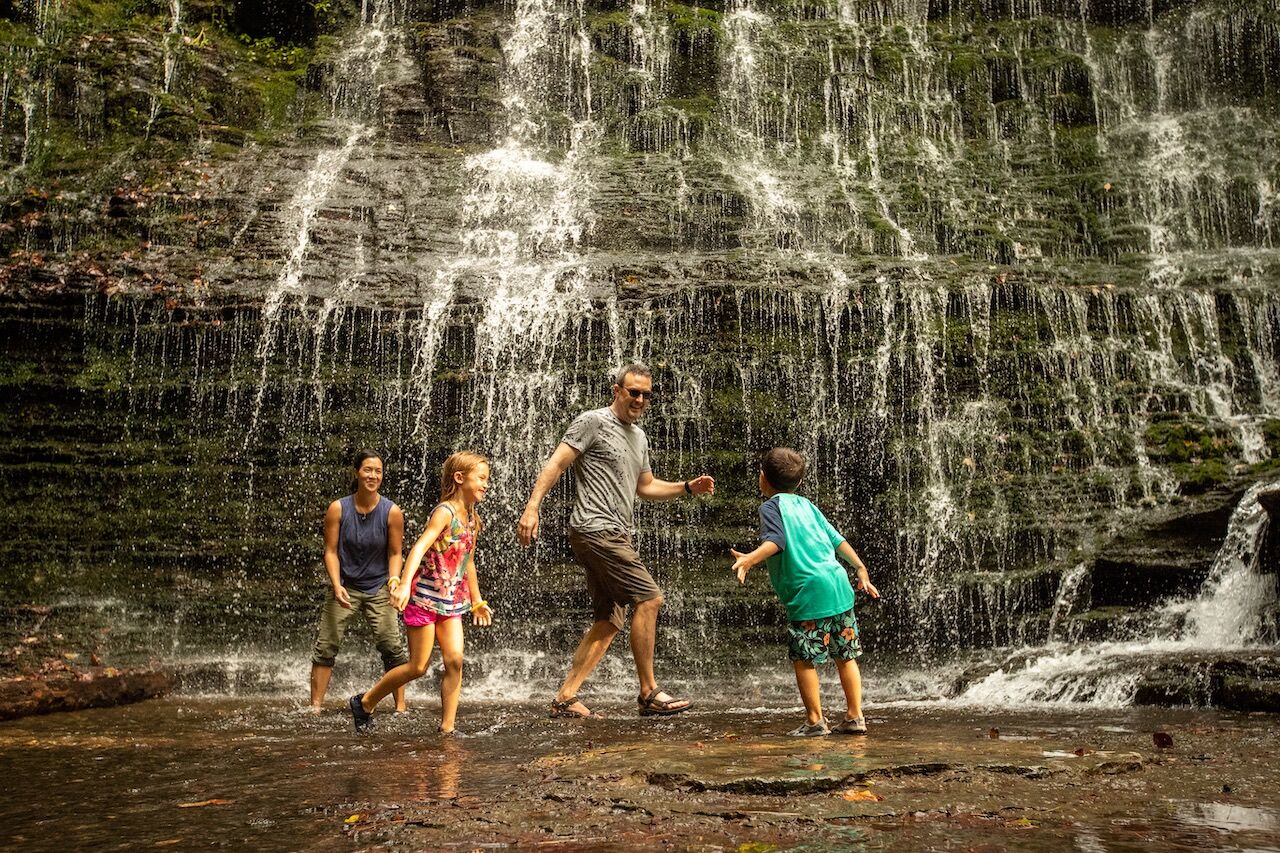
Short Springs State Natural Area. Photo: Tennessee Tourism
Smack dab in the middle of the triangle created by Nashville, Knoxville, and Chattanooga lies Fall Creek Falls State Park, one of the state’s most popular natural areas. The reason? The eponymous 256-foot-tall waterfall, Tennessee’s highest. But when you go, be sure to explore the park’s many other assets: namely, 29,800+ acres of hiking trails, gorges, and other (also impressive) waterfalls.
Less than an hour’s drive away from Fall Creek Falls is Burgess Falls State Park, another natural area definitely worth a visit. The highlight here is the Falling Water River as it flows over four beautiful waterfalls, plunging a total of 250 feet.
History buffs should bookmark Old Stone Fort State Archaeological Park in Coffee County, which preserves a Native American site that dates to potentially 2,000 years ago. While there are plenty of trails in the park, replete with interpretive panels, the area is also home to 10 waterfalls, including the popular Bluehole Falls and Big Falls, as well as a swimming hole.
6. Pedal, pedal, pedal
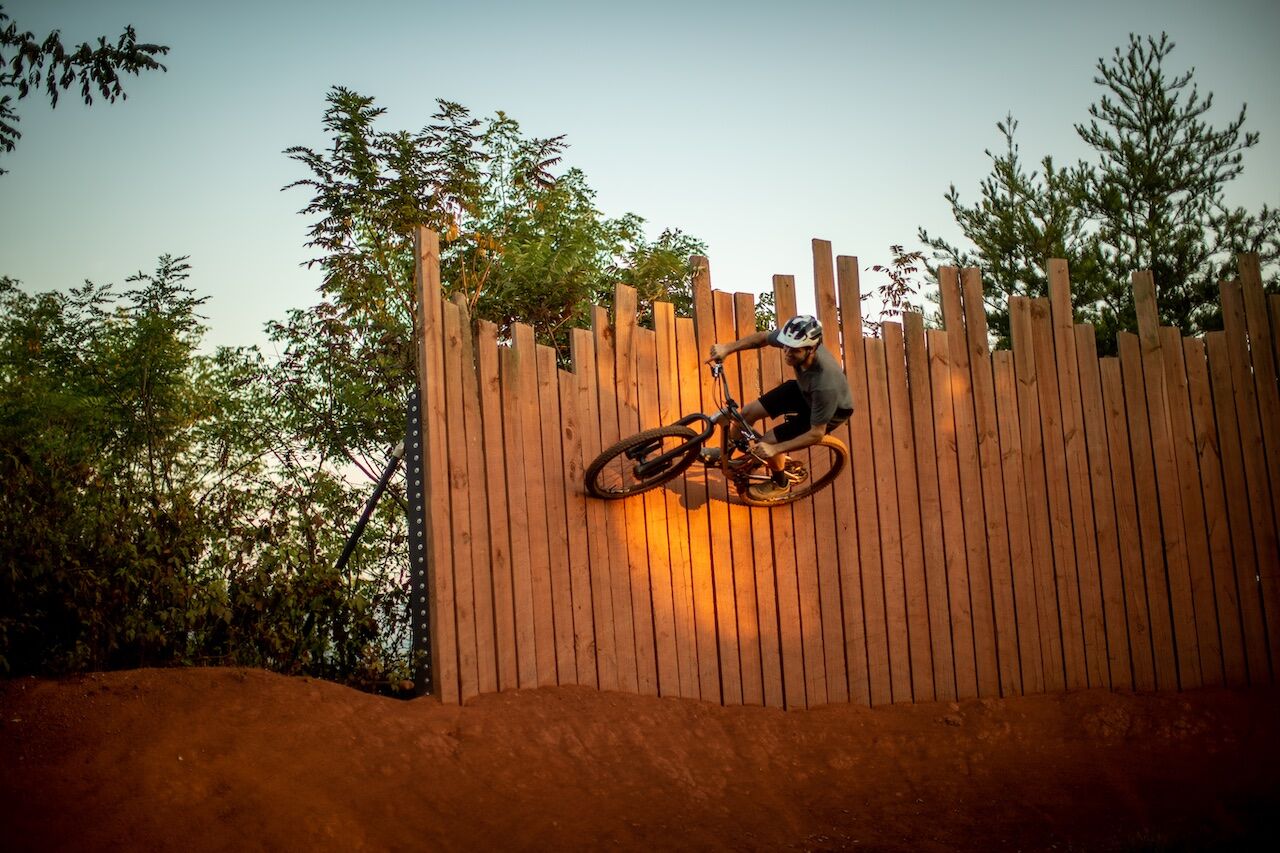
Baker Creek Preserve. Photo: Tennessee Tourism
If your idea of the perfect road trip involves two wheels instead of four and wide-open views from behind your handlebars, Tennessee has the route for you. Nearly 100 miles of the Natchez Trace Parkway run through the state (the parkway’s northern terminus is just outside of Nashville). Commercial traffic is prohibited and the maximum speed limit for cars is 50mph, so you couldn’t ask for a more pleasant ride.
In eastern Tennessee, meanwhile, Cades Cove Loop in Great Smoky Mountains National Park is a stunning 11-mile loop through one of the park’s best areas for wildlife viewing. Set out early to increase your chances of spotting something awesome. And if you can time your ride for midweek this summer, all the better — each Wednesday through September 28 is a vehicle-free day on Cades Cove Loop.
Then there’s Tannery Knobs Mountain Bike Park in Johnson City, which spans 40+ acres of wooded landscape, with professionally designed and constructed bike trails suitable for all skill levels. You can either have a thrilling experience off-roading on diverse terrain or relax and pedal at your leisure on the beginner-friendly trails. The important part? Spending time outdoors, communing with the natural world that’s always within easy reach on your trip to Tennessee.

